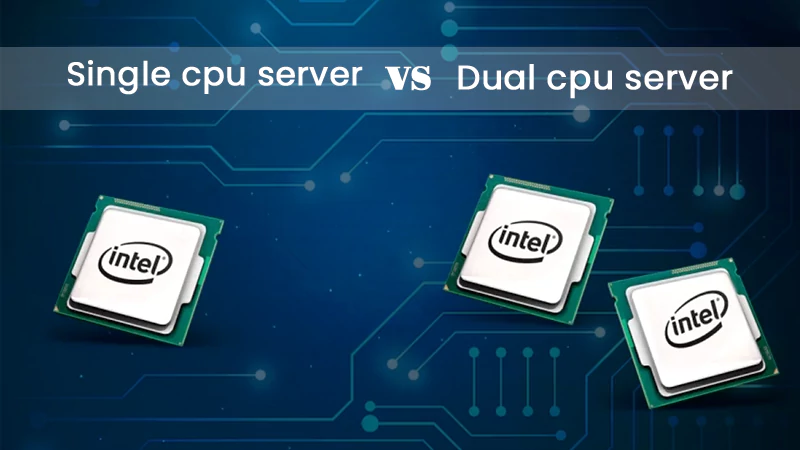What is a GPS Tracker and How Does It Work?
What is GPS tracking?
GPS, or Global Positioning System, was originally created to be used by the military. Over the years, it has been used in many different ways and is not commonly used with GPS tracking. But how does GPS tracking actually work? Here is some background on how it works and how it can be used.
How does GPS Determine a Location?
As we all know, there are many ways that you can use GPS tracking. Just how does GPS work? And does the tracking feature help you to determine the location you – or your pet – are at? Triangulation is the main way that GPS tracking works. Basically, no matter where you are on the planet, you will have several GPS satellites over you. All you need is clear lines to a minimum of three satellites to achieve triangulation. However, for better location verification, you will want to have access to at least four if not more.
The basic way that triangulation works are by using multiple satellites to estimate your location, which is then based on your distance from the satellite. The GPS tracking device will be able to pinpoint your exact location by using all the data provided.
What Exactly is GPS Triangulation?
GPS triangulation is simply a mathematical process that determines someone’s location, which is based on your distance from other objects. When trying to determine how triangulation works, your goal is to figure out what your exact location is based on your distance from each of at least three satellites for triangulation. Which makes sense if you think about it. Let’s refer to the satellites as Sat A, Sat B, and Sat C. It’s important to remember that a GPS satellite uses atomic clocks to operate, so you will need to note the time differences between each of the signals that are sent from Sat A, and this signal is received by your GPS so you can figure out the distance between Sat A and your GPS tracker. This, of course, isn’t enough information to figure out your exact location, which is why you also need to use Sat B and Sat C.
While determining your distance between you and Sat A is a good start, also knowing your distance from the other two satellites will allow your GPS tracker to utilize triangulation in determining your precise location.
So, what does that mean? A Venn diagram will help us figure that out. If your GPS tracker has determined that you are 1000 miles distant from Sat A, you can draw location circles showing that distance from Sat A. When your GPS tracker determines that you are 125 miles distant from Sat B, you can draw that location circle, which determines that you have a smaller area of location that is between the 1000 miles from Sat A and the 1250 miles from Sat B. Once you add your location circle from Sat C, you can easily determine your location. When you add additional satellites, it helps to counter elevation, topographical features, and potential errors, however, it isn’t absolutely necessary to get a pretty accurate triangulation.
How Many Satellites Can Be Used for GPS?
No matter where you are, at minimum, you need to have access to three, if not four, GPS satellites. In total, there are 31 satellites in the GPS network. You may wonder why so many are needed. If you consider that at a minimum you need three satellites, with four being ideal, to figure out the location of your position, it can help you to not only figure out how GPS trackers work but also help you to understand all the different parts and how they work together in the GPS network.
First of all, let’s remember that all these satellites hover more than 10,000 miles over the surface of the earth. That’s a really long distance away from us. While they are up there, they each make two rounds of the earth a day, which means that they are moving super fast. All of this means that most points on the earth can only access about six of the satellites at any time.
Remember that GPS trackers get their data from each of these satellites based on how far the tracker is away from these satellites before it uses triangulation to determine your location and allow the tracker to figure out your precise position using altitude, latitude, and longitude.
One thing that can make the reading less precise is the fact that your GPS receiver doesn’t include atomic clocks, and, in order to determine your location, it needs to know the time that it took for those GPS signals to actually reach your GPS receiver. This is where that fourth satellite is able to allow your GPS receiver to get a more precise location. Based on the information from the three satellites, your GPS tracker can make certain assumptions regarding your elevation, which might not be accurate. So, your position may not be exactly correct based on your area’s topography if you just lock onto three GPS satellites.
Also, a current GPS receiver is capable of tracking all of the satellites that are available to your position, but it will still only use the three or four that are closest in order to figure out your position.
How Does a Real-Time GPS Tracker Work?
Besides passive GPS receivers, there are real-time GPS trackers. Real-time and on-demand GPS trackers each require an active cellular connection, which means that it will be getting its data from a site that may require you to log in to it.
So how is real-time GPS tracking different than passive GPS tracking? Unlike on-demand and passive GPS devices, a real-time GPS tracker is always available. You are always able to check in on your GPS device’s location, so you will never experience a delay when getting your location. A real-time GPS device can also give you a lot of other types of information including exact routes that you have taken, idling time, engine stops, and your speed. With some real-time GPS trackers, you can even set alarms or geofences, which gives business owners and parents a better way to track employees and children.
Level Up Your Online Presence: How iTop Screen…
Vidnoz AI Review: How to Convert Text to…
HitPaw Online Video Enhancer Review and Its Best…
Top 7 Background Removers Online in 2024
How to Retrieve Google Backup Photos?
How Does The Image-To-Text Tool Work?
SwifDoo PDF Review 2024: A Comprehensive Look
The Real Benefits of DevOps Training for Aspiring…
Capturing Serenity: Elevating Yoga Pose Photos with CapCut’s…
Single CPU Server vs Dual CPU Server: What’s…
Boost Your Productivity with a Desktop-Docked Search Utility…












